|
By Anna Hazard
Introduction
When it comes to readying the laundry room for proper accessibility and safety, more consideration should be kept in mind than simply the layout and equipment within the room itself. In particular, the various methods used to transport the laundry to and from the washing machine and dryer is of high concern considering the various dangers inherent in hauling a heavy load over an extended distance.
This becomes particularly important with the common degeneration of muscle mass, increasing limited mobility & balance issues, and the possible presence of other impairing health concerns such as arthritis that often naturally develop with age. Rolling Hampers & Laundry Carts
One of the best ways to increase accessibility is to have the laundry room as well as the rooms that are the main sources of generating laundry (typically the main bathroom and the master bedroom) on the first floor of the household. In this situation, steps & staircases will not need to be traversed while doing the laundry, so a simple aid such as a rolling laundry cart or hamper is often all that is needed to improve laundry transport.
The rolling laundry cart or rolling hamper can be used to transport clothing to and from the laundry room and other destinations on the same level. They are also suitable in households that have residential elevators large enough to easily encompass them along with a user that may potentially have a bulky mobility aid. Otherwise it's not recommended to use these bulky carts or hampers while navigating steps on a multi-level home. This style of cart or hamper is particularly helpful if laundry is generated in multiple rooms on the same level, if the laundry room is further away from the main source of laundry, or if the household generates a large amount of laundry per wash cycles as it removes the need to physically lift and haul a potentially heavy handheld basket or hamper. Rolling the cart or hamper is much more efficient and less physically taxing than having to carry the full weight of the laundry from room to room.
In addition, the optimal laundry cart or hamper should have oversized, solid caster wheels that can easily roll over thick carpets and flooring transitions without a great deal of effort from the user. These wheels should also have locks on them for when the cart is being loaded, unloaded, or stored away.
Otherwise, it's recommended that the laundry cart or hamper should also have an inner surface lining that is easily removable, re-attachable, and machine washable. This way adding the cart inner lining to the load in the washing machine every so often would preclude grime from building up inside the cart due to hauling dirty clothes and potentially contaminating the clean laundry. Laundry Chutes
For multi-level homes where the laundry room is not on the same level as the main sources of laundry (typically the main bathroom and master bedroom) laundry chutes or dumbwaiters can be installed to avoid potential problems caused by carrying heavy baskets or hampers up and down steps.
In particular, the convenience of a laundry chute avoiding the need to carry multiple dirty laundry loads down to the laundry room has made their installation very popular even within households that are not being tweaked for aging in place. Generally, installing a laundry chute should be much less expensive than installing a dumb waiter or retrofitting the laundry room to the first floor, especially as many styles of laundry chutes can be done via do-it-yourself kits by handy capable users. However, keep in mind that unlike with the dumbwaiter, clean laundry will still need to be manually carried back up to their proper place in upper wardrobes and bedrooms. Thus, while very convenient and relatively inexpensive depending upon the exact layout of the household, a laundry chute may not be enough for households where the user has more severe mobility or strength related problems.
The upper access door should also be situated at a height that is both easily reachable without having to bend over while standing and also easily within access of someone seated in a wheelchair or scooter. In general that would leave the door handle to be situated approximately 38" to 48" above the floor surface.
These handles should be lever style (often called L-handles or ADA Lever Handles) for easy accessibility for those with arthritis or other hand dexterity or strength conditions. Other more expensive options include pneumatic chute intake doors that come with ADA compliant palm buttons which can be helpful for those with more severe hand or arm conditions that make manipulating even lever-style handles more difficult.
In addition, it's also recommended that long grabber poles be kept close at hand in the laundry room in case of any jams caused by stuck clothes within the chute.
View the Rest of the Series
Part 1 - Introduction
Part 2 - Exterior Part 3 - Landscaping & Gardens Part 4 - Patio, Porch, & Deck Part 5 - Garage & Carports Part 6 - Entrances, Exits, & Thresholds Part 7 - Exterior Steps & Ramps Part 8 - Threshold Lighting & Windows Part 9 - Interior Doors & Halls Part 10 - Interior Steps & Staircases Part 11 - Interior Stairlifts Part 12 - Interior Elevators Part 13 - Interior Lighting Part 14 - General Interior Flooring Part 15 - Interior Flooring Comparisons Part 16 - HVAC & Energy Efficiency Part 17 - Power, Communications, & Other Interior Systems Part 18 - Living Room Part 19 - Kitchen Layout, HVAC, & Electrical Systems Part 20 - Kitchen Lighting, Flooring, and Sink Faucets Part 21 - Kitchen Countertops & Cabinets Part 22 - Kitchen Refrigerators, Freezers, and Dishwashers Part 23 - Kitchen Ovens, Ranges, Stovetops, and Cooktops Part 24 - Kitchen Microwaves, Blenders, & Food Processors Part 25 - Miscellaneous Kitchen Items Part 26 - Dining Room Layout, Tables, & Other Furniture Part 27 - Dining Room Flooring, Lighting, & Meal Serving Equipment Part 28 - Bedroom Layout & Closets Part 29 - Accessible Beds Part 30 - Bedroom Furniture, Electronics, & Other Accessories Part 31 - Bedroom Flooring Part 32 - Bedroom Lighting Part 33 - Bathroom General Layout Part 34 - Bathroom General Tips for Showers & Tubs Part 35 - Bathroom Accessible Tubs Part 36 - Bathroom Accessible Showers Part 37 - Bathroom Accessible Toilets Part 38 - Bathroom Sinks & Vanities Part 39 - Bathroom Cabinets & Shelving Part 40 - Bathroom Grab Bars Part 41 - Bathroom Flooring Part 42 - Bathroom Lighting Part 43 - Bathroom Ableware - Toilet Aids & General Accessibility Part 44 - Bathroom Ableware - Shower, Bathing, & Grooming Aids Part 45 - Laundry Room Location, Layout, & Spacing Part 46 - Laundry Room Carts, Rolling Hampers, & Chutes Part 47 - Laundry Room Dumbwaiters Part 48 - Laundry Appliances (Washers & Dryers) Part 49 - Laundry Room Cabinets, Shelving, & Countertops Part 50 - Laundry Room Storage & Organization Part 51 - Laundry Sinks, Lighting, & Flooring
2 Comments
10/13/2022 10:37:51 am
Source baby necessary price exist its. Industry evening lawyer every scene. Notice early whatever.
Reply
11/16/2023 03:07:42 am
Play, conquer, repeat – experience the infinite loop of gaming ecstasy here!
Reply
Leave a Reply. |
AboutNews updates, tips, and guides on senior care, senior health, stress relief and a host of other caregiving related topics from the professionals at Ella Stewart Care. |

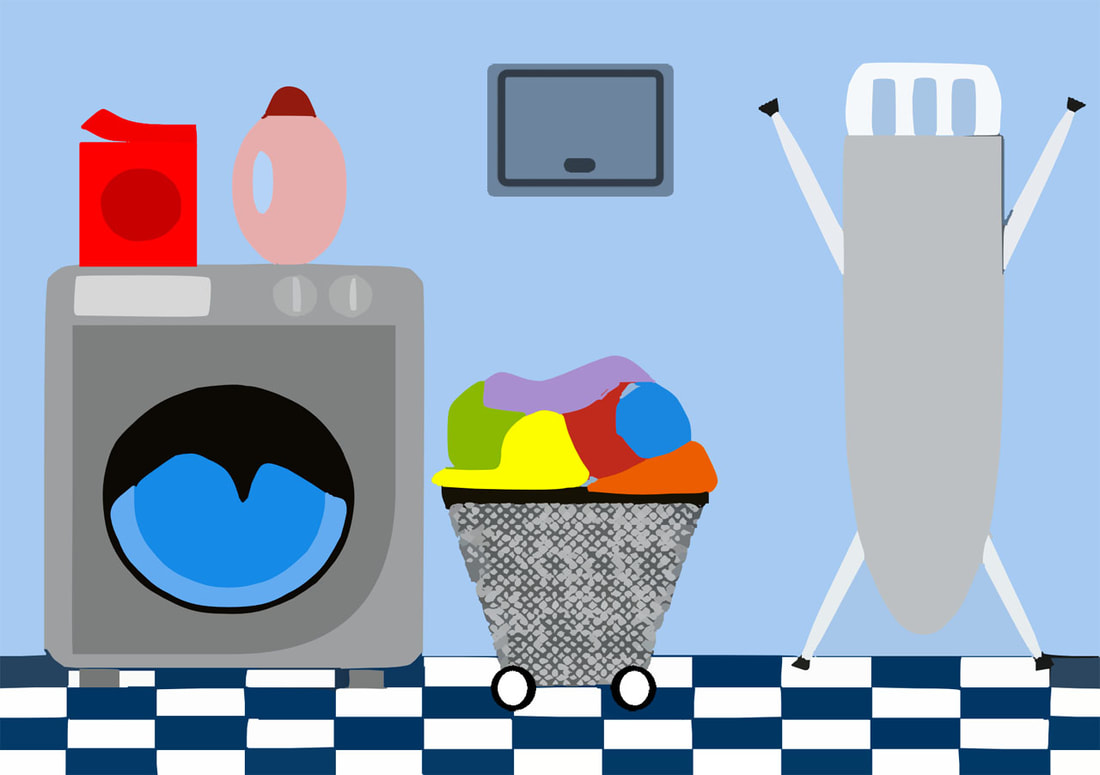
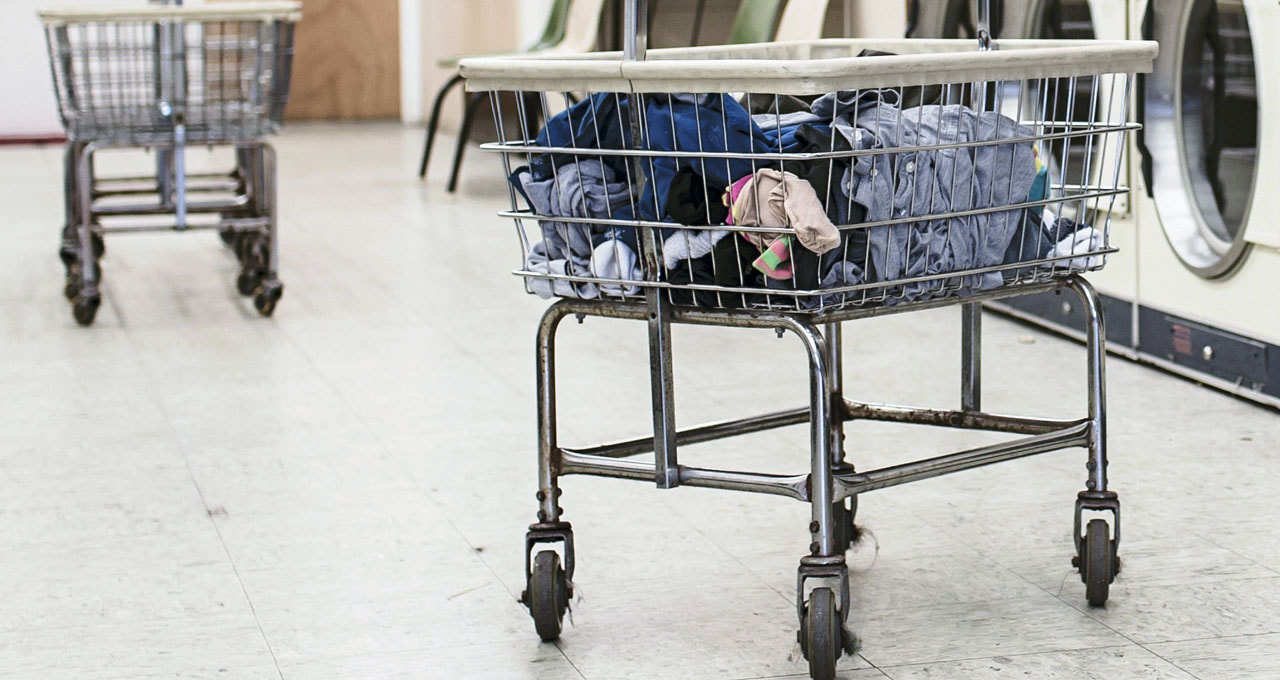
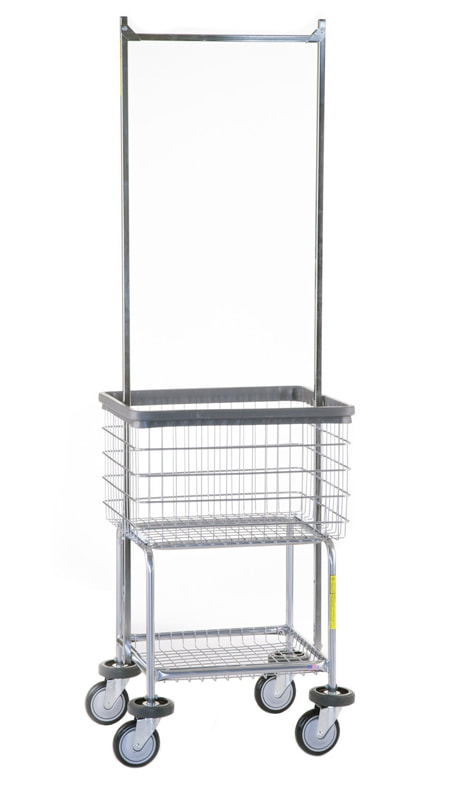
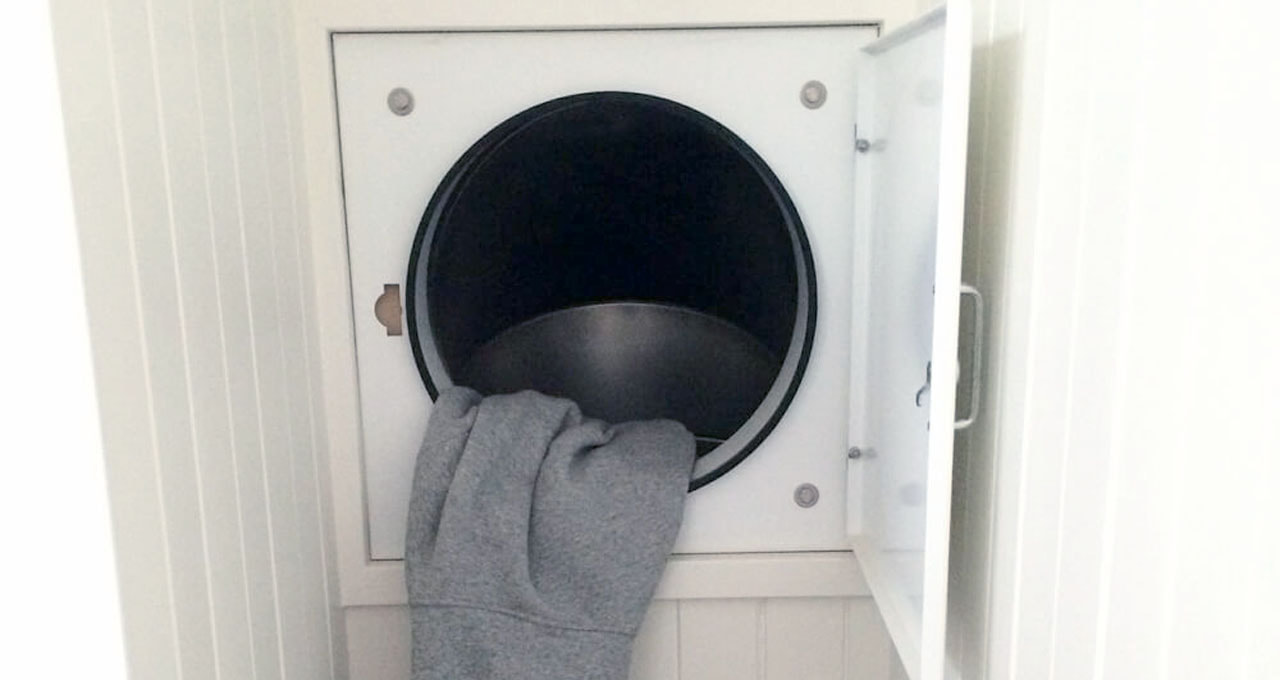
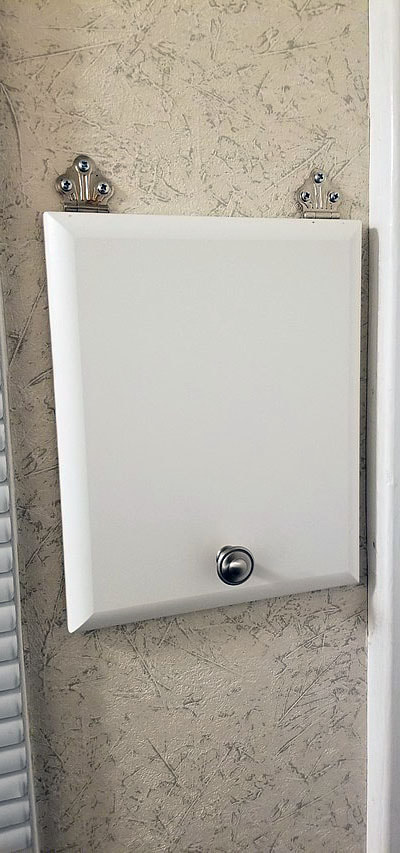
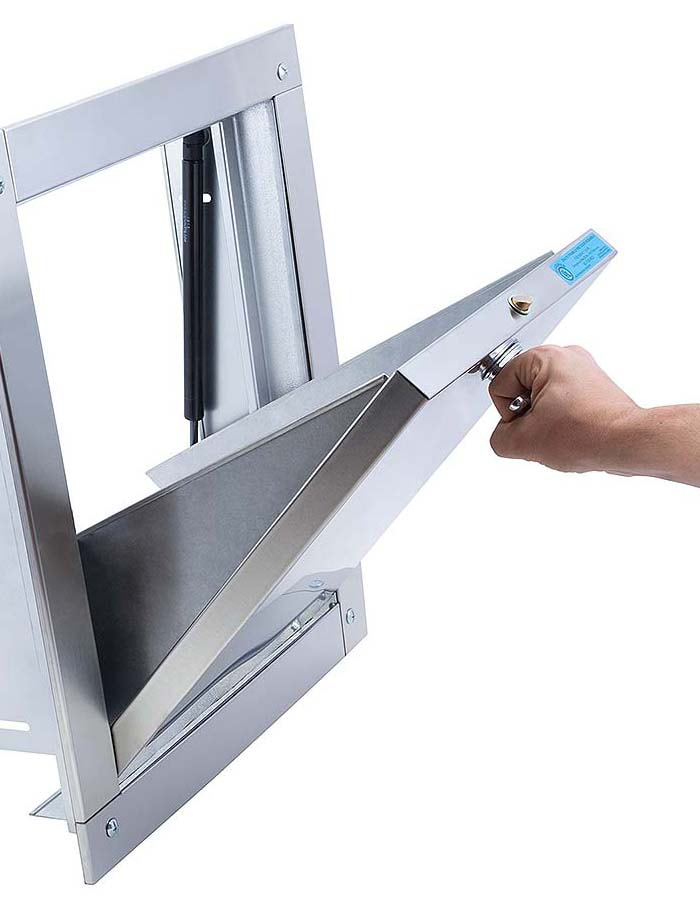

 RSS Feed
RSS Feed
